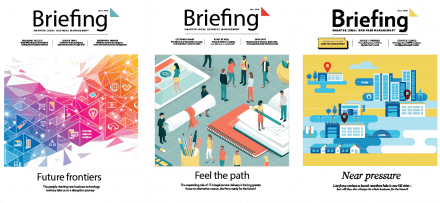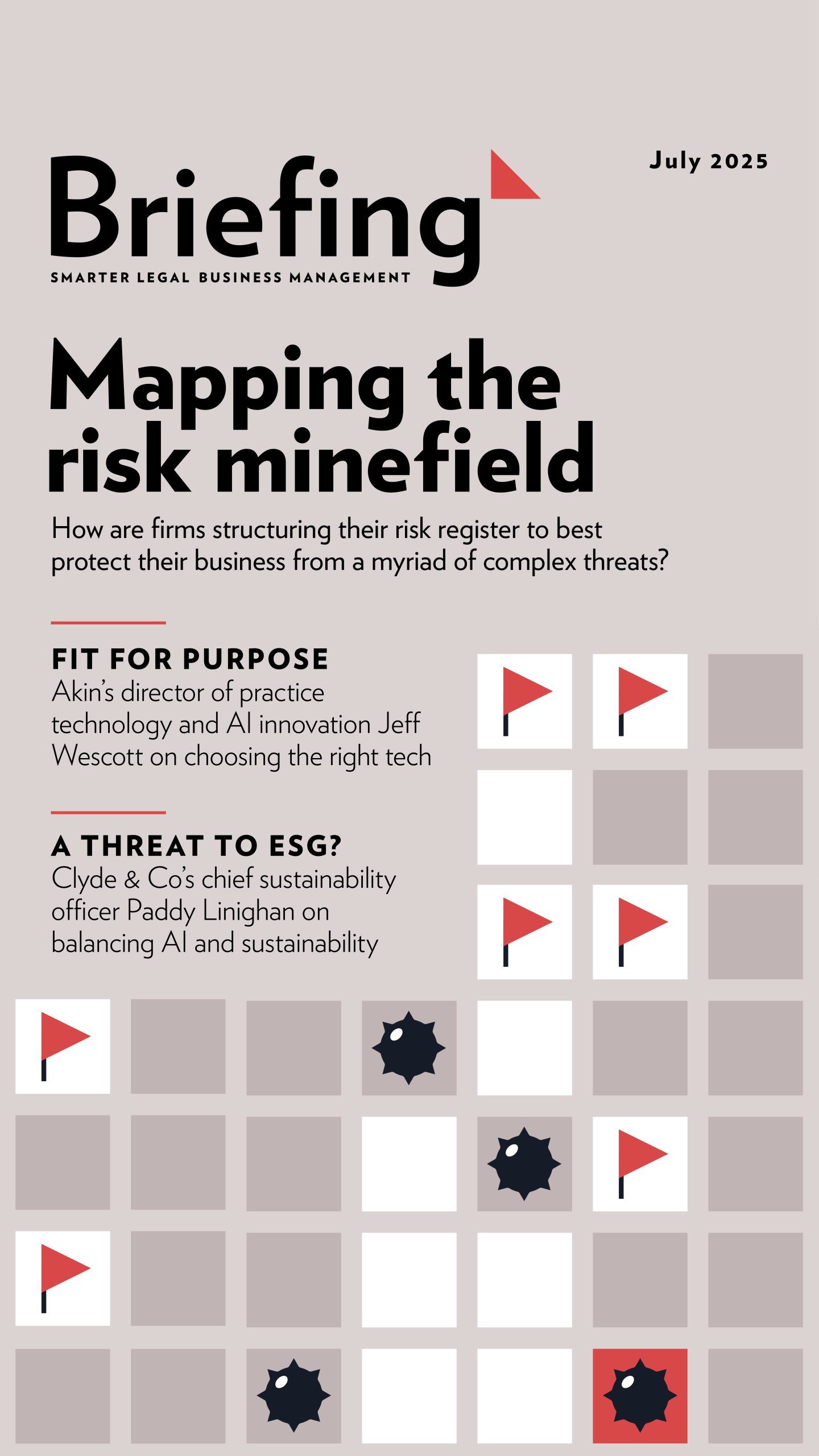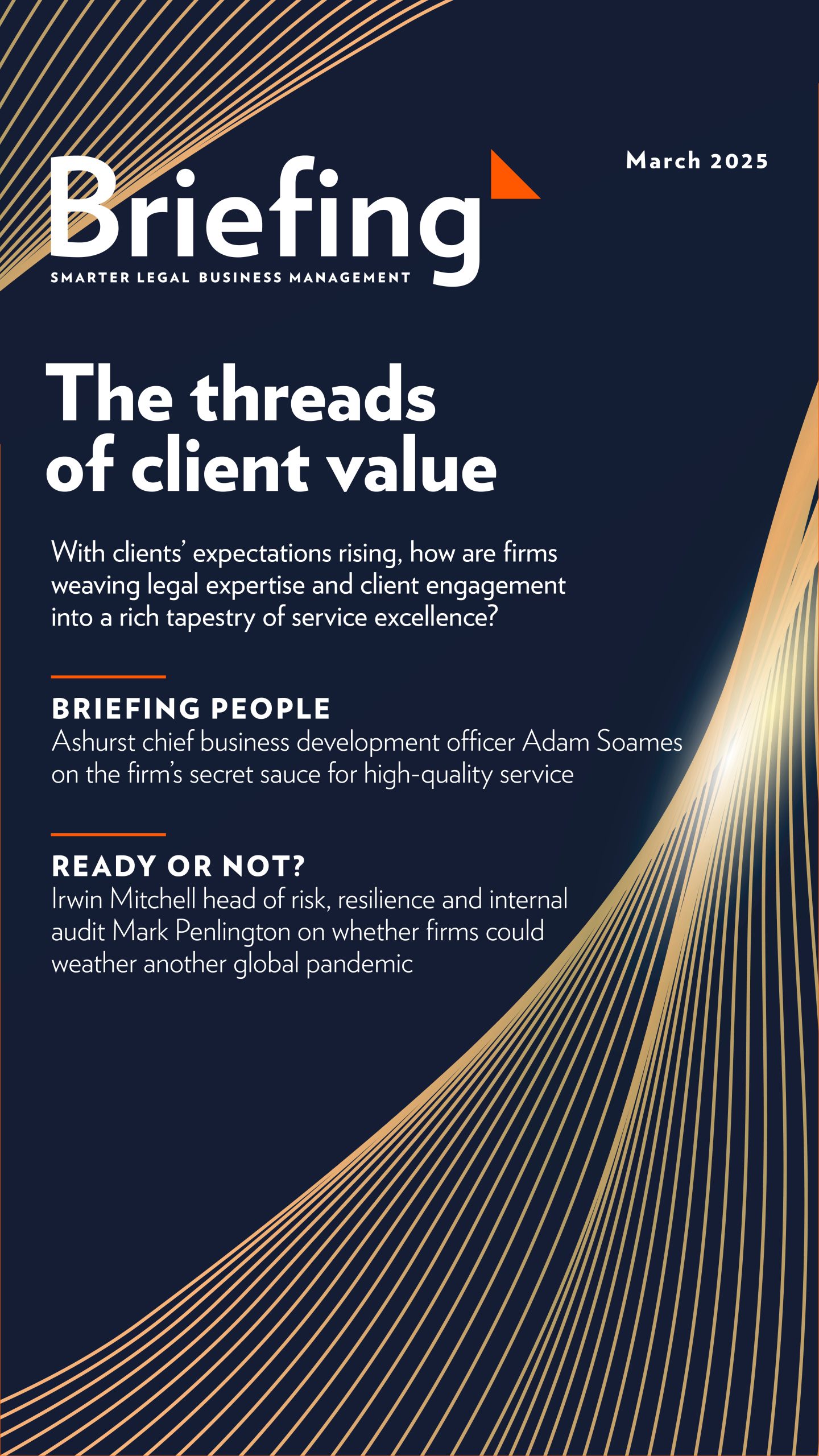Keeping employees onboard
No one could miss the trend of workers leaving their jobs in record numbers once pandemic restrictions began to recede. While there are complex reasons for this dramatic migration, what’s obvious is that many people weren’t happy with their existing employment, and now we’re seeing a war for talent with dramatic wage increases, and recruiters struggling to fill positions.
As a result, organisations are prioritising employee satisfaction to increase retention and attract talent. One of the primary factors influencing employee satisfaction is the option of flexible work, and technology plays a vital role in enabling people to work wherever and whenever they want (while also meeting organisations’ needs). With these drivers in mind, we predict a rise in technology being used to boost employee satisfaction and retain talent.
Why technology?
Employees are seeking more than just flexible schedules – they want the ability to easily work on any device from home, while travelling or anywhere else they happen to be. People are increasingly expecting work technologies to be modern, user-friendly solutions that they can adopt quickly and rely on however and wherever they’re working.
One of the primary factors influencing employee satisfaction is the option of flexible work, and technology plays a vital role in enabling people to work wherever and whenever they want (while also meeting organisations’ needs).
Warrick McLean, CEO at Coleman Greig Lawyers, was recently quoted in our trends whitepaper about this pivotal period for law firms: “The iPhone has been around since 2007, which means professionals working in our organisations have literally had a smartphone their entire lives. It’s intuitive, easy to use – naturally all technology is like that, right? And then they enter a law firm and don’t understand why our systems can’t do this or won’t allow that. We’re in the midst of a pivotal period in which law firms need to realise that every business is a technology business. And legacy, on-premises systems will stick out as clunky and inefficient to today’s young professionals. The longer it takes for your organisation to implement modern, easily accessible tools that enable a collaborative culture, the more talent you stand to lose and the more your service delivery to clients could suffer.”
Seek out cloud-native tools that optimise the remote work experience. Look for features like video meetings, real-time chat, and seamless mobile document and email management. Review common workflows and collaboration tools and determine how easily tasks can be accomplished on mobile devices or from remote workspaces. And consider that, if more applications can live under a vendor’s umbrella of services and with better integrations (fewer apps and fewer clicks), that speaks to the centrality of user experience.
As Joy Heath Rush, CEO of the International Legal Technology Association, put it: “To attract and retain top talent, we must make the employee experience better, make it easier to do work, provide professional development and mentorship opportunities and otherwise differentiate our business from others – all of which can be enabled by technology.”
Conclusions from the Great Resignation
In addition to organisations using technology to improve employee satisfaction, we also expect to see a trend of more intentional offboarding – formally enacting processes around the transfer of responsibilities once an employee leaves a business or retires – to gain insight into the causes of turnover, and tighter access controls to prevent data exfiltration.
There is also an opportunity for leaders who are willing to be first-movers in making their law firms more accessible and inclusive. Paul Unger, partner at Affinity Consulting Group, notes: “This sudden new way of working brought to light the need to consider how individuals with disabilities access technologies and perform work. Enhancing accessibility improves the overall user experience and could be a differentiator in recruiting talent and enhancing the quality of life for people with disabilities.”
The security impact of the Great Resignation is significant. It’s common for employees to share documents with their personal email addresses and devices to make remote work easier, creating security vulnerabilities. And new job announcements make it easy for malicious actors to target new employees with phishing schemes. Mobile data and device management will be a critical part of ensuring your data remains secure in today’s new normal.
The security impact of the Great Resignation is significant. It’s common for employees to share documents with their personal email addresses and devices to make remote work easier, creating security vulnerabilities. And new job announcements make it easy for malicious actors to target new employees with phishing schemes. Mobile data and device management will be a critical part of ensuring your data remains secure in today’s new normal. We’ll also see cybersecurity teams evolve into cyber-resiliency teams.
Tech that puts people first
Employees who experience ineffective business technologies can become discouraged, disconnected, and ultimately disengaged. The Great Resignation has presented new opportunities to get creative with how technology supports an individual’s success. When we utilise technology to prioritise employee satisfaction, we’ll experience very purposeful in-person workplaces, employees who are loyal and happy, and a thriving culture that allows you to find, grow and retain top talent from around the world.
To find out more, visit: www.netdocuments.com
A touch of human strategy
It pays to consider ways to get the best out of people in law firms, though focusing purely on utilisation may be missing the optimal method for leading achievement-hungry, yet very human, legal professionals. Mark Smith, director of strategic markets at LexisNexis, offers three questions for leadership to coax the best from themselves and their people.
Despite the march of technology, law firms remain human capital businesses. While market pressure is slowly but surely eroding the billable hour as a pricing mechanism, utilisation of course remains at the very heart of the law firm financial model. At a very simple level, this makes sound economic sense – firms want to ensure their expensive assets are working and generating as much revenue as possible. Yet, taken to its extreme, an industrial-era attitude to ‘sweating the assets’ can be counter-productive and, in some cases, hazardous to health. Is ‘busyness’ really synonymous with high performance?
Turning first to the lawyers, though empirical research is limited, studies on lawyer personality traits by Daicoff (2004) and Richard (2002) suggest high levels of achievement orientation and urgency exist among lawyers. These characteristics, coupled with a focus on utilisation, have provided an environment where generations of lawyers have routinely worked long hours for sustained periods of time in the service of their firms and clients. In many cases, this has contributed to financially rewarding and intellectually satisfying careers.
Firms want to ensure their expensive assets are working and generating as much revenue as possible. Yet, taken to its extreme, an industrial-era attitude to ‘sweating the assets’ can be counter-productive and, in some cases, hazardous to health. Is ‘busyness’ really synonymous with high performance?
Yet the world has changed and continues to change further. The advent of fully virtual, and now hybrid, working has increased the scope of what is possible in terms of utilisation. By removing commuting time, blurring the boundaries between work and home, and removing microbreaks (walking between meetings, for example), the volume and intensity of work have increased simultaneously. Client demand has exploded (described in late 2021 as “limitless” by one managing partner) and client expectations of availability have increased to near 24/7 levels. As a senior associate recently remarked, “When did it become ok for my clients to WhatsApp me at the weekend?” ‘Work anywhere’ has become ‘work everywhere’.
The available talent pool simply cannot keep up with this demand. Aside from a straightforward shortage of lawyers and other key professionals, traditional, UK-headquartered law firms are competing for the best people with fast-growing alternative legal services providers, platform lawyering businesses, the Big Four, highly profitable US competitors and, of course, talent-hungry in-house leal teams. This has compounded the pressure on law firms. The most direct consequence of the intensifying war for talent has been skyrocketing salaries. This in turn has increased talent mobility, with workers moving for considerable increases in salary. That level of attrition increases pressure on remaining team members and adds on time, effort and stress for the team leader responsible for recruitment.
Talent models
Given that both Daicoff and Richard’s personality research suggested a predisposition of lawyers to psychological distress, these high levels of utilisation and additional pressures may well prove unsustainable. While the profession has become much better at talking about mental health issues and providing support for staff, the underlying challenges remain (as highlighted by LawCare’s 20/21 Life in the Law research). Addressing burnout and lawyer wellbeing is clearly important, but it addresses a symptom rather than the cause. Perhaps the question leaders need to ask to get to the heart of the issue is “How can we get the best from our people?” While it may seem trite, this approach implicitly looks at more than financial performance and volume of output. The emphasis on ‘people’ shifts the focus away from the outdated distinction between lawyers and business services, and by acknowledging the potential for burnout, also encourages longer-term thinking, rather than a near-term focus on in-year financial performance.
Addressing burnout and lawyer wellbeing is clearly important, but it addresses a symptom rather than the cause. Perhaps the question leaders need to ask to get to the heart of the issue is “How can we get the best from our people?” While it may seem trite, this approach implicitly looks at more than financial performance and volume of output
Yet, does this simple question deserve a place on the leadership priorities for today’s law firms? Let’s be clear – this is an extremely challenging time to lead a law firm, and the legal services market is changing faster than it has in generations. New competition, both for work and for talent, has emerged at pace. Clients are increasingly sophisticated in the way they procure and resource their legal needs. Client service expectations continue to increase, and new technologies and digital transformation are forcing change in business models. A multigenerational workforce is challenging traditional career paths, incentives and rewards, just as bigger-picture questions around ESG and purpose become increasingly impossible to sideline. All this against a macro-economic and geopolitical background of extreme turbulence.
Despite these hurdles, we must return to the fact that law firms’ people are central to the solutions of every other challenge. Getting the best from the firm’s most important asset must be a leadership priority for any professional services business.
There’s no easy answer to the ‘how’ of getting the best from legal talent, and each firm must find its own unique answer. To progress the thinking in this domain, I suggest leaders consider three questions.
How will you measure people’s contribution?
Given the achievement orientation of many people in law firms, what gets measured is critical in shaping behaviours. However, when looked at through the lens of how to get the best out of people, the answer to the question is not straightforward. There are a host of output metrics that are undoubtedly important – utilisation, profitability and write-offs to name a few – yet these are only part of the picture. Beyond client satisfaction, retention and origination, there are many critical skills and behaviours that have a meaningful impact on the short- and long-term success of a law firm. How does the firm value and measure genuine collaboration and innovation, team engagement and attrition, learning and development, leadership and inclusion?
As technology and process grow to play a larger role in service delivery, the roles of the lawyer and business professional are changing. Career structures and expectations are evolving in response to market demands and the impact of a multigenerational work force. This is an opportunity to fundamentally reassess metrics that have not changed in decades, and to rethink the contribution people make to the success of the firm.
There are a host of output metrics that are undoubtedly important – utilisation, profitability and write-offs to name a few – yet these are only part of the picture. Beyond client satisfaction, retention and origination, there are many critical skills and behaviours that have a meaningful impact on the short- and long-term success of a law firm
What’s the right environment to get the best from your people?
Getting the best from people requires them to be situated in an environment that enables high performance. Research has firmly established the connection between psychological safety and high performance – this idea is gaining traction, partly driven by initiatives to increase diversity and inclusion in the profession, and partly by an understanding that psychological safety can be an important component of the employee value proposition. Yet the statistics on levels of safety in law firms (reported in the LawCare research mentioned above) suggest there is more work to do for firms to create psychologically safe environments.
The ability to speak up is not the only environmental requirement to get the best from people. Culture is undeniably a part of this discussion, with the vast majority of firms claiming to be collegiate and collaborative. Yet the reality is that the behaviours associated with these characteristics can vary wildly between firms. Workers with different personality types will want different things from their environments, but the more accurately the firm can identify and articulate its culture, the lower the risk of cultural misalignment between the firm and its people.
Role-modelling behaviours and values
Among the many different definitions of leadership, few practitioners, authors or academics underestimate the importance of role modelling as a key dimension of leadership. Today, leaders are faced with a relentless stream of, if not full-blown crises, then certainly significant challenges, so it’s easy to default to a reactive, firefighting style. Creating the time and space to think deeply about longer-term strategic issues is hard at the best of times, and opportunities for reflection today are both scarcer and more valuable than ever. Reflection is central to learning, which itself is key to competitive advantage at an individual and organisational level.
Returning to the impact of a utilisation mindset, many leaders have emotionally invested a great deal in looking after their teams during the pandemic, with their own self-care being a casualty. In an office of highly motivated, conscientious professionals, telling others to look after themselves, while personally going above and beyond the call of duty, may send conflicting signals. Though pastoral care is an important facet of leadership, many leaders struggle to offer themselves the same respite.
Perhaps the most important step in getting the best out of their people is for leaders to ensure they are working in a way that gets the best from themselves.
To find out more, visit: www.lexisnexis.co.uk









